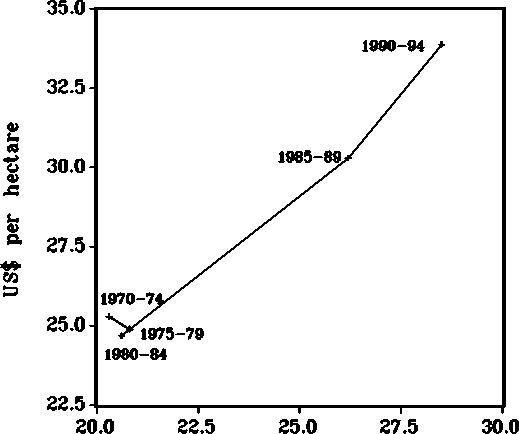Figure 7. Burkina Faso: Value of Crop Production per hectare and per person in rural
areas (constant 1993 US$).

US$ per ag laborer
adjusted value of crop output per rural person. Three-year centered moving averages were
constructed from both series to smooth out the effects of random variations such as weather, and
then averaged in five-year segments as shown in Figures 1 through 7. This procedure is similar to
that used by Block (1994). Annex 1 provides details on data sources and units.
A movement in the coordinates over time from the lower-left to the upper-right portion of the
figures represents increases in both land and labor productivity. Movement from the upper-right
to lower-left parts of the figure represents a decline in both productivity measures. Note that in
these figures, increases in these measures of partial productivity can occur from either shifts in
crop mix (e.g., from millet to higher-valued cotton) or from increases in crop output per unit of
input, or both. Discussions about single factor productivity can be misleading if interpreted as
total factor productivity. On the input side, improvements in labor and land productivity are due
to changes in other inputs. New technology, infrastructure, extension, supplies of other inputs
(water, for example) are not costless and need to be taken into account in assessing total factor
productivity (TFP).4 On the output side, the mix of farm and nonfarm activities undertaken by the
rural population may have shifted over time. For example, if a larger percentage of rural
households’ time has gone into nonfarm activities over time, the analysis presented in the figures
4 Unfortunately, data is seldom available to measure total factor productivity in Africa (see Thirtle et al.
1993 for an exception), and there is also considerable disagreement about how TFP should be measured.
More intriguing information
1. The name is absent2. Unilateral Actions the Case of International Environmental Problems
3. The name is absent
4. A Computational Model of Children's Semantic Memory
5. A Study of Adult 'Non-Singers' In Newfoundland
6. Public-Private Partnerships in Urban Development in the United States
7. Strategic Planning on the Local Level As a Factor of Rural Development in the Republic of Serbia
8. LIMITS OF PUBLIC POLICY EDUCATION
9. The name is absent
10. On the Relation between Robust and Bayesian Decision Making